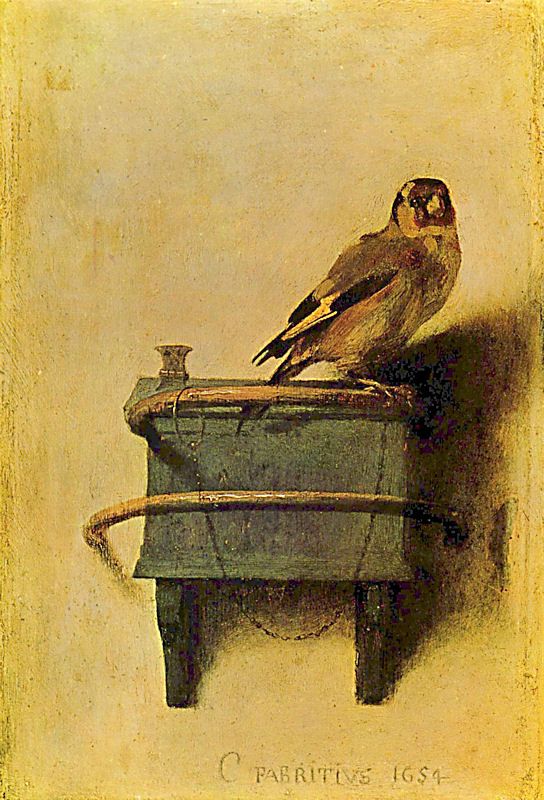This is a cleverly written novel by Salem, but I’m not sure I’m clever enough to understand it. I’ve read the definition of quantum (a discrete quantity of energy proportional in magnitude to the frequency of the radiation it represents) many times. What does it mean? You’ve heard the idiom...You don’t have to be a rocket scientist, right? Well, to read this novel, guess again. I do know this: Rook Black is a NYC detective, but not in the traditional way. He gets his cases from a broker named Cosmo, is assisted by a clue dropping Angela, gets paid by untraceable currency (just like the rich folks), and has an occasional seizure that only can be mended by working the exposed electrodes on his head. What? Somebody named Agent Orange is trying to kill him, or not. Models and mannequins sometimes wear mustaches and van dyke beards. Ouch! Dr Chess is murdered in a tub. Is this Rook’s case, or not? The Gasland Gang, or the Petroleum Club (Rocky, the leader, is currently tied up submerged in a submarine), hates Dr. Naranja of the Empire, who loves Shakespeare’s prose.
Meanwhile, Jack the Butterfly (the quantum butcher - what does that mean?) seems to hate everybody. But he owns a pawn shop in Chinatown and does DNA drugs. What’s that? And who is this Mr. Millioni, who owns a crocodile show/bar and whorehouse where he serves a nasty drink called bai jiu? What’s his motives, if any? (Is he the Weedkiller?) Are you following this story so far? Sorry about all the question marks, but I don’t know the answers either. Then we have Jules Barbillon, who could be a pimp, assassin, or a buyer of Shakespeare matches. Yes, that’s what I said. He does blow up Rocky’s penthouse and has him kidnapped. Who does he work for? Is he a double agent? I also know that all mail is now electronic, and the mailman now carries a weapon and is part of a gang. We also know that Dr. Naranja’s solar empire has been managing reality for years. Crocodiles are now in NYC rivers and are seen in Chinatown wrestling matches. And everybody seems to like to drink their blood. I can’t figure out what is real and not real. That’s probably because I don’t know what quantum really means pertaining to this novel. Okay, enough said, buy your own copy to find out what happens in the next 331 pages.
When I started this novel by Salem, I thought this book was China Mieville-like (The City & The City ), in other words, weird fiction. But (I like starting sentences with conjunctions-have you noticed?), I realized later that I was reading ergodic literature. Why? Because Salem makes you work to understand what you are reading. That’s the pure definition of ergodic literature, which is reader participation! Got it? Was my mind taxed? You bet your sweet bippy. As a reviewer of all genres, I like to read novels that are different. I am open to most challenges in literature, avoiding the commercial writers like Demille, Patterson, Butcher, Baldacci, Grisham, etc. Salem’s descriptive writing skills are very good, for example on page 79, Salem describes Cosmo, “His warm dark chocolate brown eyes glowed under thin arching eyebrows, and he squeezed his eyelids tight, wondering if he had made the right decision.” Robert Louis Stevenson would have approved of that line. I guess my only beef with the novel is that it didn’t have to be that baffling or vague at times, “When Rook absolutely wanted to leave a trace, a cold trail of an identity, he cloned.” Everything considered, I believe Salem’s originality and ingenuity overcame any minor flaws in the novel. I recommend this debut novel, especially if you are a masochist (just kidding).
RATING: 4 out of 5 stars
Comment: Although Salem’s novel isn’t classic ergodic literature, it somehow reminded me of my first experience with that genre. I read and reviewed Mark Z. Danielewski’s House of Leaves on 2/01/2013, and it was some trip. This type of writing was actually started by Espen J. Aarseth when he published Cybertext: Perspectives on Ergodic Literature in 1997. Wikipedia says this about ergodic literature, “In ergodic literature, nontrivial effort is required to allow the reader to traverse the text. If ergodic literature is to make sense as a concept, there must also be nonergodic literature, where the effort to traverse the text is trivial, with no extranoematic responsibilities placed on the reader except (for example) eye movement and the periodic or arbitrary turning of pages.”
As for Cybertext, “Cybertext is a subcategory of ergodic literature that Aarseth defines as 'texts that involve calculation in their production of scriptons.' The process of reading printed matter, in contrast, involves 'trivial' extranoematic effort, that is, merely moving one's eyes along lines of text and turning pages. Thus, hypertext fiction of the simple node and link variety is ergodic literature but not cybertext. A non-trivial effort is required for the reader to traverse the text, as the reader must constantly select which link to follow, but a link, when clicked, will always lead to the same node. A chat bot such as ELIZA is a cybertext because when the reader types in a sentence, the text-machine actually performs calculations on the fly that generate a textual response. The I Ching is likewise cited as an example of cybertext because it contains the rules for its own reading. The reader carries out the calculation but the rules are clearly embedded in the text itself.”
I know what you are saying...none of this makes any sense. Bingo! This is the book that I reviewed on 2/01/13:



